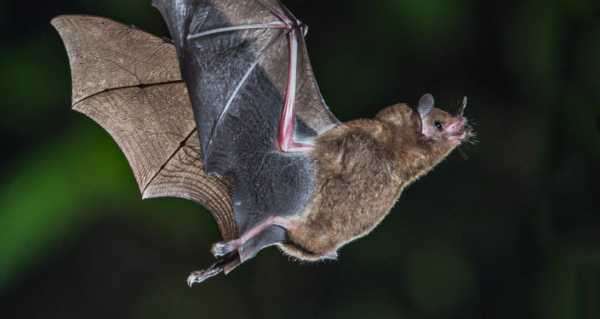
Scientists are working night and day to ensure that another virus doesn’t write a fatal sequel to the coronavirus story.
As the world races against time to roll out vaccines to stop the increasingly contagious coronavirus, scientists linked to Predict – a project headed by the United States Agency for International Development’s (USAID) Emerging Pandemic Threats (EPT) programme – are working to prevent more potentially lethal viruses from turning the world upside down.
They’re studying the threats posed by other viruses which can also jump from animals to humans.
Asia Risk Factors
One of them is the Nipah virus, which kills 75 percent of those who contract it. To make things worse, a vaccine is yet to be developed.
The sinister disease has a protracted incubation period, reportedly as long as 45 days in one case. It can infect a wide range of animals and can be caught through direct contact or by consuming contaminated food.

Black Fruit Bat
An infected person may experience respiratory symptoms including a cough, sore throat, aches, fatigue, and encephalitis – a swelling of the brain which can cause seizures and death.
The Nipah virus is one of the World Health Organisation’s (WHO) top 10 priority diseases, with a number of outbreaks already recorded in Asia.
Besides Cambodia, other hotspot regions have been Bangladesh and India, which have experienced Nipah virus outbreaks in the past, linked to drinking date palm juice.
Bats infected with the virus are known to visit date plantations to feed on the fruit – while they eat they urinate – this urine then contaminates the juice collection pots on the trees, which are collected by locals. The sell the juice and subsequently infect people with the virus.
Generally, Asia has a high number of emerging infectious diseases, as the continent’s rich array of biodiversity is also home to a large pool of pathogens.
As the human population grows, people increasingly come into contact with wild animals, especially bats.

A bat feeds on a guava fruit in Siliguri, India.
Seventy-five percent of newly emerging diseases that affect humans are said to originate in animals, prompting scientists to study viruses ranging from Mers in African camels to the Nipah virus in Asian bats, to try and prevent them from causing a pandemic.
A recent three-part series on BBC Reel also explored the importance of detecting viruses and stopping them before they break out.
Sourse: sputniknews.com






